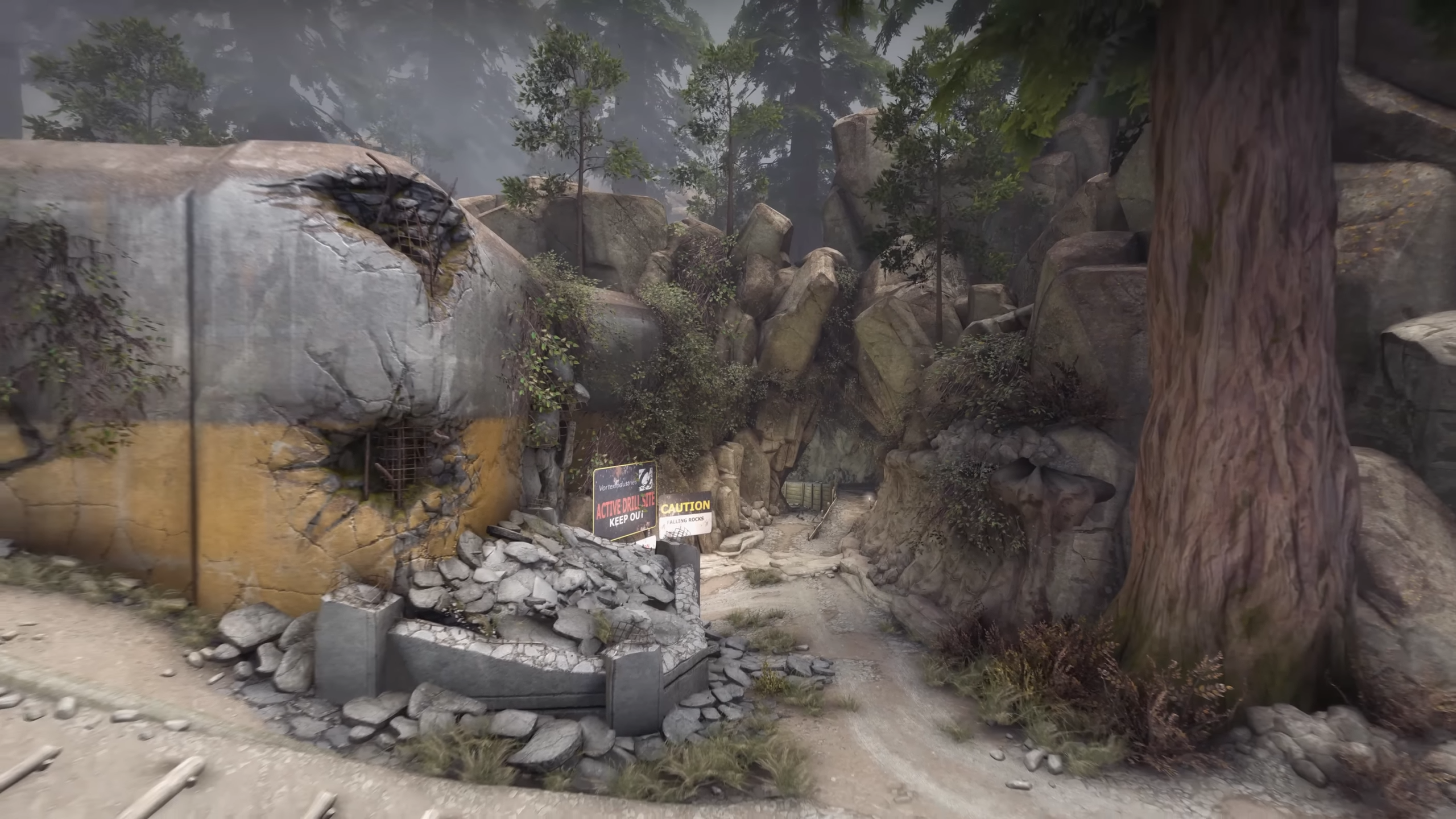This Counter-Strike: Global Offensive map defies what should be possible in Source
We've come a long way since Half-Life 2.

I am not a Counter-Strike: Global Offensive player. Despite this, I keep a close eye on the scene entirely due to the way it's kept Source mapping alive well into the 2020s, pushing the boundaries of the engine that powered Half-Life 2—and a toolset I'm intimately familiar with.
CS:GO mappers have taken Source to absurd lengths, but an upcoming wingman map looks set to put even the community's high standards to shame.
Created by 3D artist Will Granda, de_prime doesn't look like any Counter-Strike map before it. It's absurdly dense with detail that source shouldn't be able to support, lighting density well beyond the norm, and dynamic environments well beyond the static arenas of CS:GO norm. It's not quite cutting-edge by today's standards, but it looks more akin to a Titanfall 2 map than anything out of CS:GO.
As explained in a video by CS YouTuber 3KliksPhilip, the map does this by basically doing as much work outside the editor as possible. In-game dynamic shadows have been cranked way down, with lighting instead baked on props in external programs. Where CS:GO maps often use blocky brushes and simple displacements to build environments, almost every part of de_prime's level geometry is sculpted in Blender before being brought into Source.

Even so, Granda notes that Source still has hard limitations around things like transparency, and while de_prime isn't a huge departure from CS:GO's aesthetics, they reckon the engine just isn't suited towards maps with so much "grunge". Indeed, many more recent CS:GO maps tend to have cleaner architecture and more vibrant landscapes to offset lack of greebly details.
The version seen in 3Klik's video may even be prettier than the final map released later this month, expecting many effects to cause issues with molotovs and smoke grenades. While communities in Source games are forever joking about a jump to Source 2 (the engine behind Half-Life Alyx), it sounds like mapmakers reckon it would save so much time and effort to work within an engine that doesn't demand so much external work to get things looking pretty.
In a way, it's a little sad. The thing I always loved about Source mapping was the way anyone could jump in, throw some cubes together, and make a competent little arena—and while de_prime is an exceptional case, CS mapping standards now demand more traditional 3D art and texturing skills to keep up. There's less possibility for an upstart mapper to create a level that blows the scene wide open.
Keep up to date with the most important stories and the best deals, as picked by the PC Gamer team.
But seeing an engine pushed this far, and the ways in which crafty modders have found ways to keep pushing it further, is fascinating. I might never play a real round on de_prime, but I'm excited to fire it up and explore its absurdly-detailed corridors when it launches.

20 years ago, Nat played Jet Set Radio Future for the first time, and she's not stopped thinking about games since. Joining PC Gamer in 2020, she comes from three years of freelance reporting at Rock Paper Shotgun, Waypoint, VG247 and more. Embedded in the European indie scene and a part-time game developer herself, Nat is always looking for a new curiosity to scream about—whether it's the next best indie darling, or simply someone modding a Scotmid into Black Mesa. She also unofficially appears in Apex Legends under the pseudonym Horizon.

